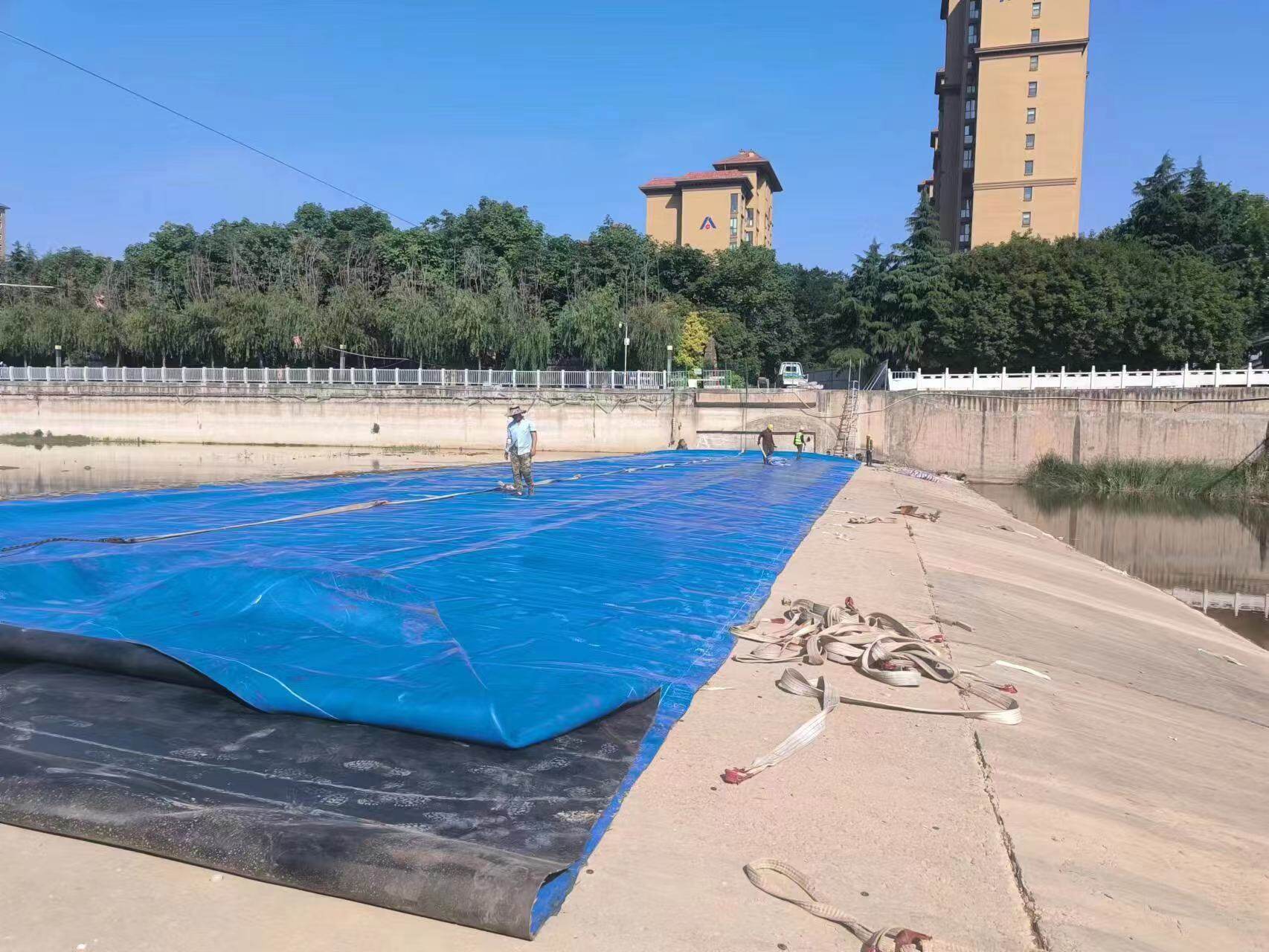Главная > Новости компании > How are rubber dams installed?
-
 Wendy
Добро пожаловать в мой магазин. Я рад вам обслуживать. Не стесняйтесь задавать мне любые вопросы.
Wendy
Добро пожаловать в мой магазин. Я рад вам обслуживать. Не стесняйтесь задавать мне любые вопросы.
Ваше сообщение превысило лимит.
Новости компании

The installation of the rubber dam mainly includes the following steps:
First, foundation construction
Dam foundation treatment
Excavation and leveling
First of all, the dam foundation is excavated according to the design requirements, and the soft soil and debris on the surface layer are removed, and then leveled. For the situation that there is a weak soil layer in the dam foundation, it may be necessary to carry out foundation reinforcement treatment, such as using the replacement filling method to replace the weak soil with materials such as sand and gravel with higher strength; Or use pile foundations, such as driving concrete piles, to improve the bearing capacity of the foundation.
Concrete pouring (if required)
The concrete foundation is poured on the dam foundation, and the strength grade of the concrete should be determined according to the scale and force of the rubber dam, generally C20 - C30. There are also requirements for the thickness of concrete foundations, for example, in small rubber dams, the thickness of the foundation can be 30 - 50 cm, and in large rubber dams it can be 1 - 2 meters. During the pouring process, expansion joints should be set up to prevent cracks in the concrete due to temperature changes and other reasons.
Anchor groove construction
Trench excavation
According to the design dimensions, the anchoring grooves are excavated on both sides of the dam foundation, and the shape and size of the anchoring grooves should be matched with the anchoring system. Generally, the depth of the anchoring groove is 30 - 50 cm and the width is 40 - 60 cm.
Groove wall treatment
The groove wall of the anchoring groove is treated to make its surface flat and rough to increase the friction between the dam bag and the anchoring groove. Methods such as manual chiseling or mechanical spraying can be used to make the roughness of the groove wall meet certain requirements.
2. Anchoring system installation
Anchor mounting
Positioning and fixation
The prefabricated anchor seat is accurately placed in the anchoring groove according to the design position, and is fixedly connected with the basic structure by bolting or welding. In the positioning process, measuring instruments (such as level, theodolite, etc.) should be used to ensure that the elevation, levelness and spacing of the anchor seat meet the design requirements. For example, the spacing error of adjacent anchor seats should be kept to within ±5 mm.
Bolt and connector installation
Bolt mounting
The produced anchor bolts are installed on the anchor seat, and the tightening torque of the bolts should meet the specified requirements to ensure the firmness of the connection. During installation, the bolts should be protected from damage or corrosion.
At the same time, install the nuts, washers and other connectors matched with the bolts to ensure that the connectors are installed completely and in the correct position.
3. Dam bag installation
Position & Unfold
Dam bag lifting
Use lifting equipment (e.g. cranes) to lift the dam bags to the installation position. In the process of lifting, it is necessary to pay attention to avoid damage to the dam bag, and soft ropes or slings can be used for lifting.
Expand the action
Spread out the bag near the anchoring groove and place it in the direction and position marked on the bag to ensure that each part of the bag corresponds to the anchoring system.
Anchor connections
The dam bag is connected with the anchor seat
The edge part of the dam bag is connected with the anchor seat, and the bolt connection or pressure plate connection is generally adopted. In the process of connection, it is necessary to ensure that the connection is tight to prevent water (gas) leakage. For example, when using bolt connection, the bolts should be tightened in the specified order to make the dam bag evenly stressed.
Популярные поиски
- резиновый шланг
- Гидравлический шланг
- каучуковая коврик
- Силиконовый шланг
- холодильный шланг
- Силиконовый каучуковый шланг
- держатель для антисептика для рук
- держатель для дезинфицирующего средства из силикона
- Перчатки для чистки автомобилей
- Шланг
- подстилка для ног
- водопроводный шланг
- Устойчивый шланг
- Шланг для смазочного пистолета
- Резиновая труба
- держатель для санитайзера

